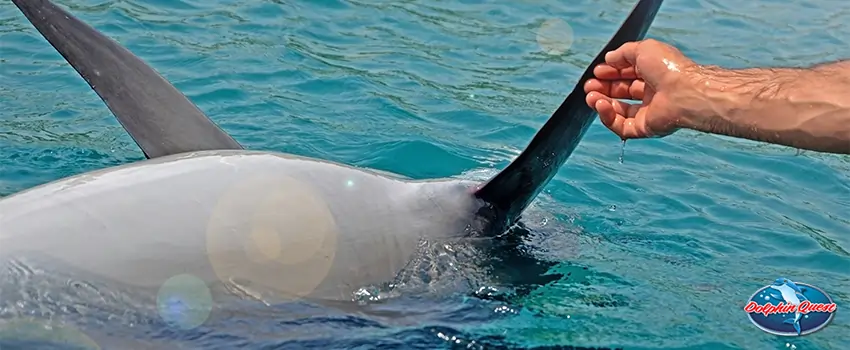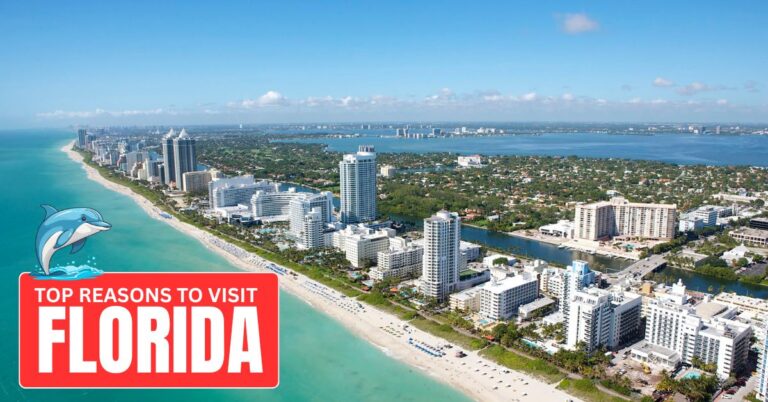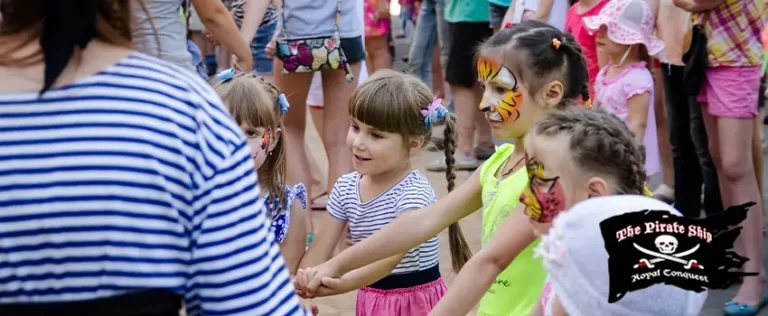Being able to view marine animals in their own habitat can be an incredibly exciting experience aboard a cruise. However, there is a chance you might witness marine life in distress while you are on vacation. This is usually caused by trash and water pollution piled up on local waterways. Getting entangled in marine debris or fishing gear, marine life is faced with potential injuries and even fatal consequences.
Efforts from marine life rescue centers have paved the way to make a significant difference for the home we share with local wildlife. To support and contribute to their cause, we should keep ourselves informed of the reality happening to our environment and do our part in conserving the ocean.
Marine Life in Distress
It’s common for people to instinctively try and rescue a dolphin, sea turtle, or any marine life in trouble when they see one. However, doing so is not the best option for a person trying to help the animal and the affected marine life itself.
There is more to it than meets the eye. Although being caught in the net is one thing, dolphin rescue experts are aware that the animals may be sick, disoriented, injured, or starving. Dolphins and other marine life go through a lot of things in open water. They could be entangled in a fishing gear, exposed to water pollution and natural toxins, hit by a moving vessel, or infected with parasites and disease.
The reactions of a marine life in distress may be unpredictable, and it can potentially be dangerous when trying to touch or move them. If you see an animal in need of help, the best course of action would be to report the incident to trained and authorized responders from a marine life rescue center. These individuals are trained and authorized to take appropriate action to respond and assist marine life in distress.
Benefits of Marine Life and Dolphin Rescue
Marine life rescues in Florida are conducted by astounding rescue and rehabilitation organizations to promote marine life conservation. A lot of these organizations make the necessary conservation efforts for rescue, community education, research, and rehabilitation. They also give the best and most advanced care to ensure that sick or injured animals will return to their natural habitat safely.
As the primary responders for sick and injured marine life like sea turtles, dolphins, seals, porpoises, and small toothed whales, the organization part of marine life and dolphin rehabilitation in Florida are causing a significant impact on the environment through:
1. Research
A lot of people ask why marine life rescue centers study dead dolphins, and come to realize some interesting benefits about this stranding research.
For one, studying factors like a stranded animal’s geographic location, tissue analysis, teeth, and size of the remains may provide relevant information about the overall health of marine life populations in these waters. Stranded animal research is a more convenient way to obtain data, as data will not be made easily available by studying wildlife in their natural, healthy state.
Apart from better understanding animal features such as parasitology, history, physiology, and behavior, observing and treating stranded animals enables veterinarians to understand animal diseases better and improve care giving and medical procedures accordingly.
2. Conservation and Wildlife Management
Data gathered through marine life and dolphin rescue and rehabilitation programs enables scientists to assess wildlife population management programs accurately. In return, the information helps in preserving threatened species. Furthermore, rescuing endangered species like sea turtles, manatees, and sea otters leads directly to species conservation.
3. Education
One of the most extensive benefits of marine life and dolphin rescue is educating the larger community. The community potentially gain an added awareness of how human actions can affect animals. In return, this raised awareness becomes the initial step toward educating the community about how to conserve and protect wildlife.
Some of the most common ocean-friendly tips promoted by marine life rescue centers include:
- picking up trash and placing them in their proper containers
- refusing, reducing, reusing, repurposing, and recycling plastic
- conserving water
- using environmentally-friendly products (e.g. white vinegar, baking soda, lemon juice, corn meal)
- purchasing sustainable seafood
- picking up your pets’ waste and storing them in biodegradable poop bags instead of plastic
- getting involved with your local conservation organization
What to Do if You See a Stranded Animal
Apart from being good advice, keeping a safe distance when interacting with wildlife is part of the National Oceanic and Atmospheric Administration (NOAA) law.
If you find an injured or live stranded dolphin, call for help immediately. Unless given specific authorization by governing agencies like NOAA, you are not allowed to touch or move the animal — dead or alive. This is because wild animals can be alarmed by human presence and may bite.
Moreover, stranded animals are often ill, so make sure to apply the necessary precautions to protect yourself from any infectious diseases. These incidents are often considered an emergency, and quick response by a professional rescue team is crucial to the survival of the animal.
If you are the first one to spot or arrive at the scene, notify your area’s local marine life rescue center. When doing so, be sure to specify details like the animal’s location, its condition, and physical characteristics for these individuals to determine the species, type of equipment, and volunteers needed.
Observe Incredible Ocean Life From a Distance
Be part of responsible tourism and save ocean animal life.
Taking a cruise alongside marine life with strict adherence to NOAA’s law is a simple way to help dolphin and marine life rescue centers conserve the ocean and marine life. For an eco-friendly tour with incredible marine life, experience a unique sunset dolphin cruise in St. Pete Beach, FL. For inquiries, call Sunshine Scenic Tours today.











